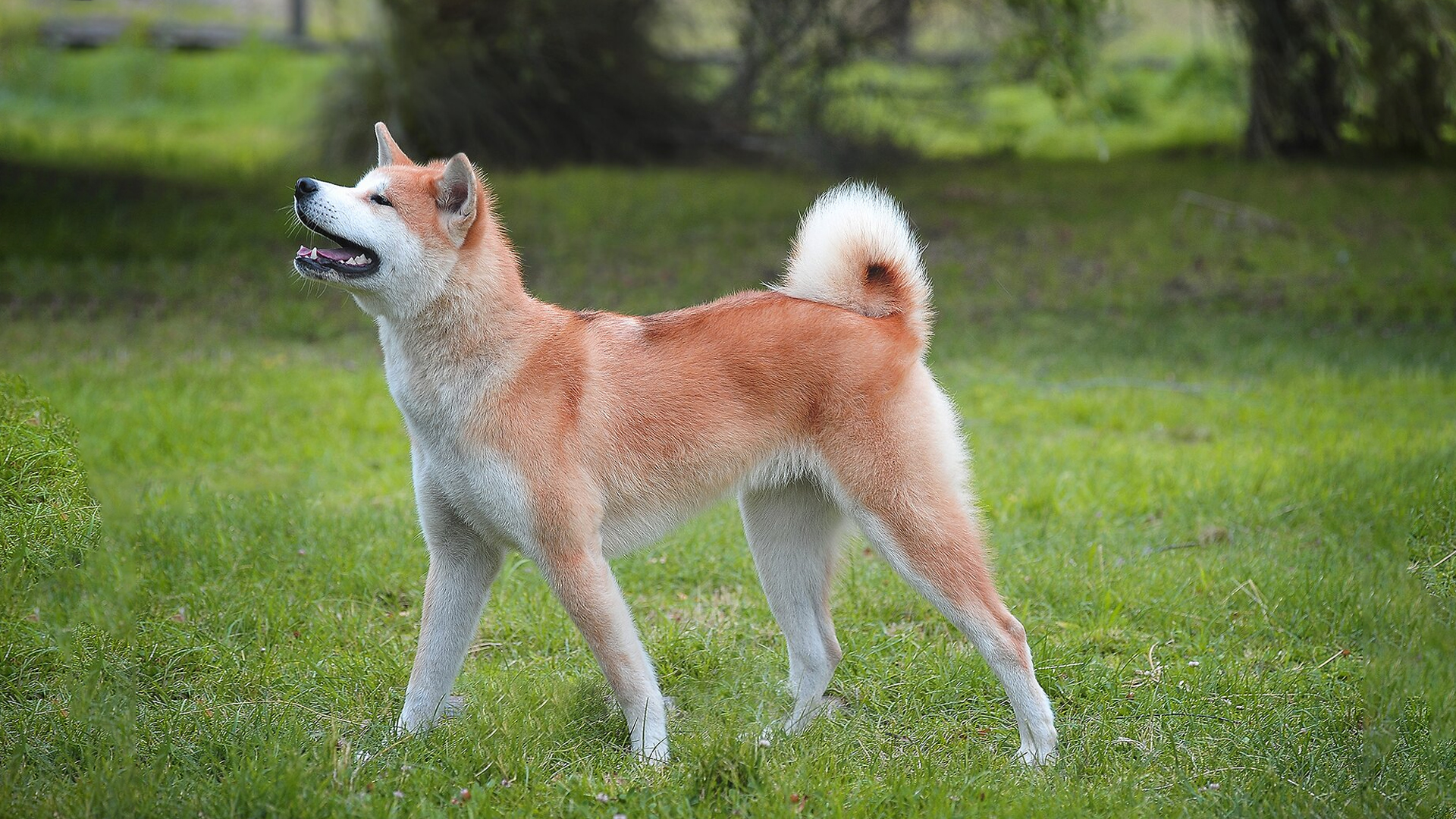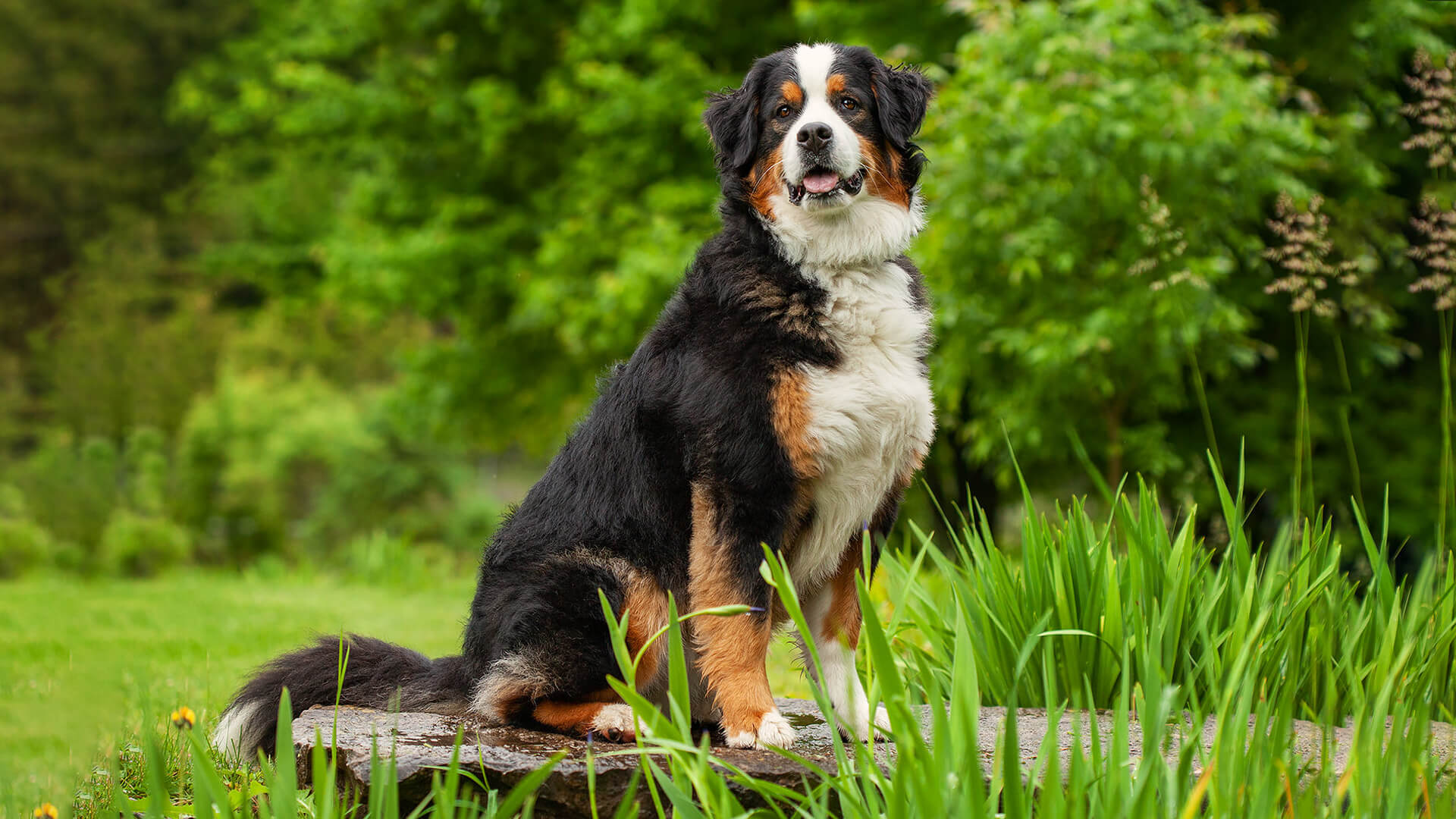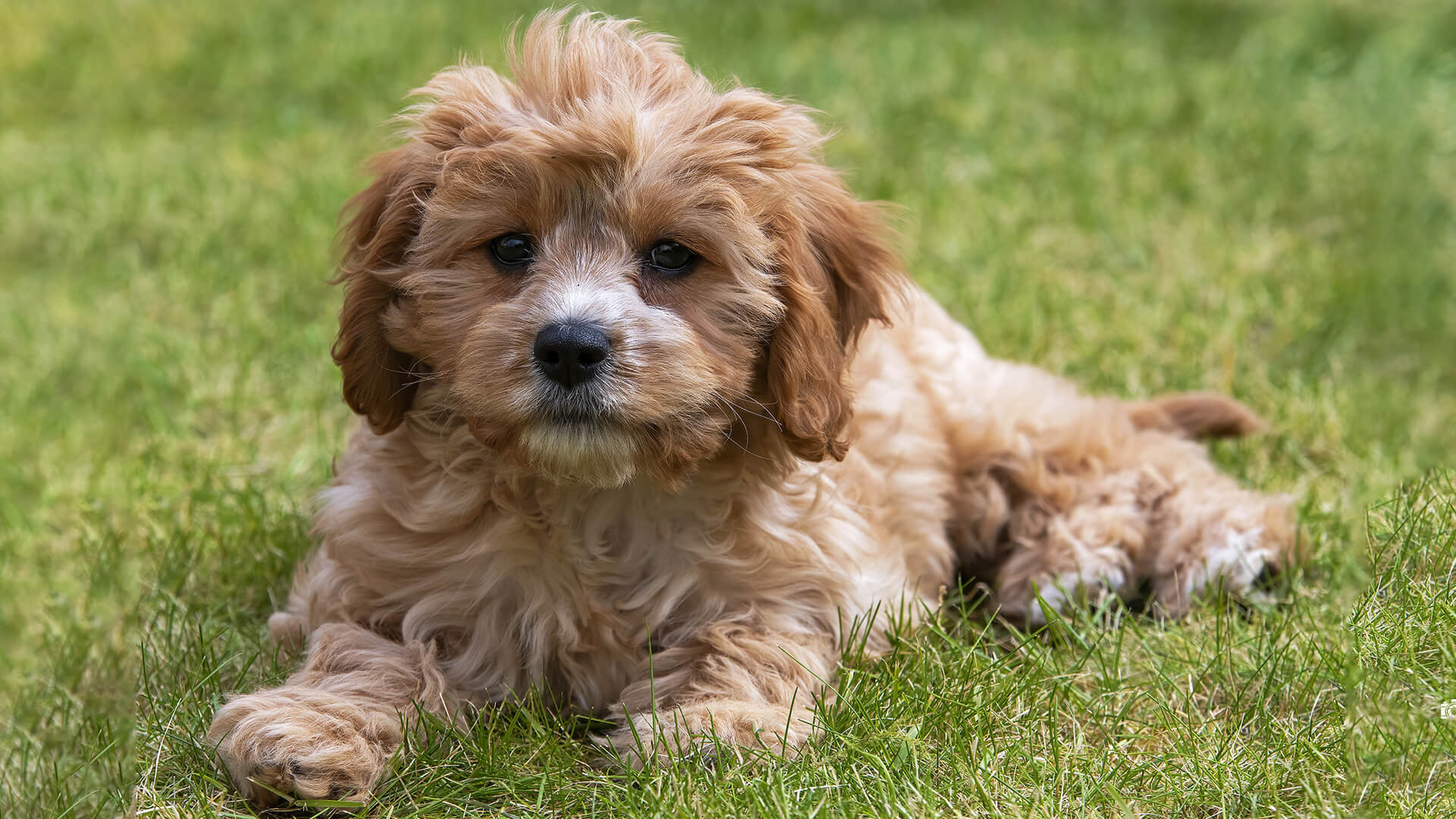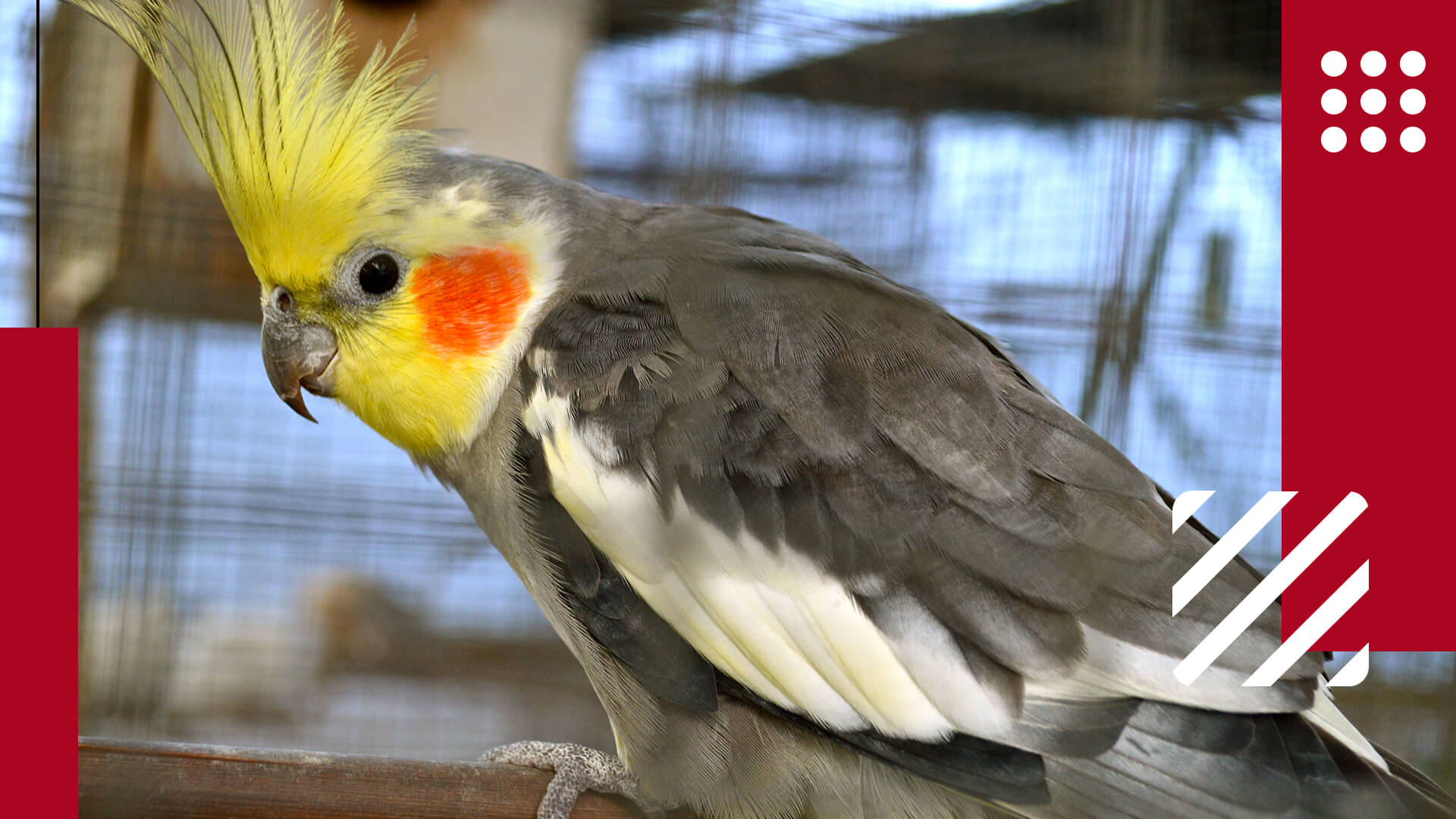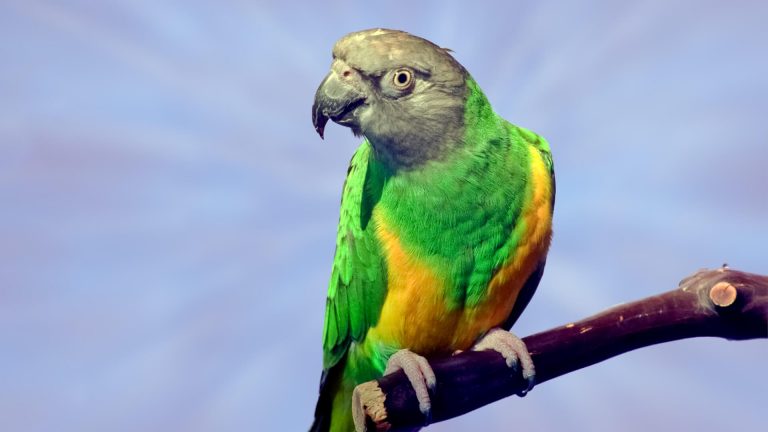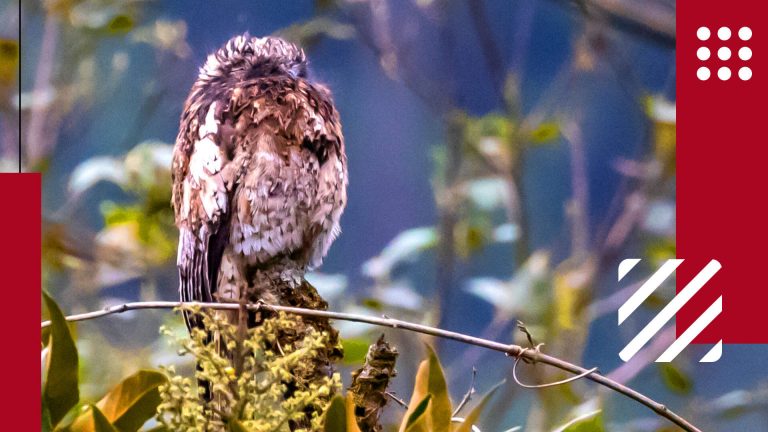Plum-headed parakeets are one of the best choices for pet parrots. These parakeets are naturally found in the forest and woodland areas of the South Asian countries including India, Sri Lanka, Pakistan and Bangladesh. Their appearance is one thing that fills people with awe but this is not where it ends! They are low-maintenance and suitable to be a first-pet. They are relatively quieter than other parrots. Consequently, they are not much of a problem for the apartment owners. However, they still interact. Once they reach the age of 6 to 8 months, they start chatting. Although it's not their specialization, they learn to mimic too if encouraged and trained well.
Plum-headed parakeets are exceptionally friendly and social. They recognize their owners quickly and are very affectionate towards them. However, they may behave a little differently with strangers. It may seem as if they are irritated. For the same reason, they should be socialized well starting from an early age. These pet parakeets can also be housed together with other peaceful birds like Java Rice birds and larger finches. Well, undoubtedly, these parrots are a pleasure to keep but they need proper care. If anyone desires to know how, this article has every important detail.
Distinctive Features of Plum-Headed Parakeet
| Scientific Name | Psittacula cyanocephala |
| Lifespan | Up to 20 years |
| Color | Green body with a purple head |
| Size (in inches) | Approximately 14-16 inches |
| Weight | 100-150 grams |
| Health Risk | Low |
| Cage Size | Minimum 24" x 24" x 36" |
| Unique Trait | Distinctive purple-colored head |
| Famous For | Vibrant plumage and striking appearance |
| Temperament | Active, playful, and curious |
| Maintenance | Moderate |
| Adaptability | Moderate |
| Behavior | Social, enjoys interaction with humans |
| Personality | Intelligent, vocal, and active |
| Social | Enjoys companionship |
Generally found in flocks, plum-headed parakeets have most of their bodies covered in various shades of green. Once they mature, one can distinguish between the male and female parakeets by looking at them. The head of the male parakeets is purplish-red while it is blue-gray in the case of their female counterparts. Also, the males have a black ring around their neck which is absent in females. Males are also known to be the more talkative ones. Chatting is not among the top qualities of these species though.
Similar to humans, these parrots also have some hormonal changes as they reach adolescence. Between the age of 4 months to 1 year, they may have a bluffing phase where they start behaving differently. This change occurs overnight and may leave the owners confused but this is when they need more attention. So, the owners are requested to be a little patient during this phase. Apart from these, some other basic characteristics of the plum-headed parakeet are listed below.
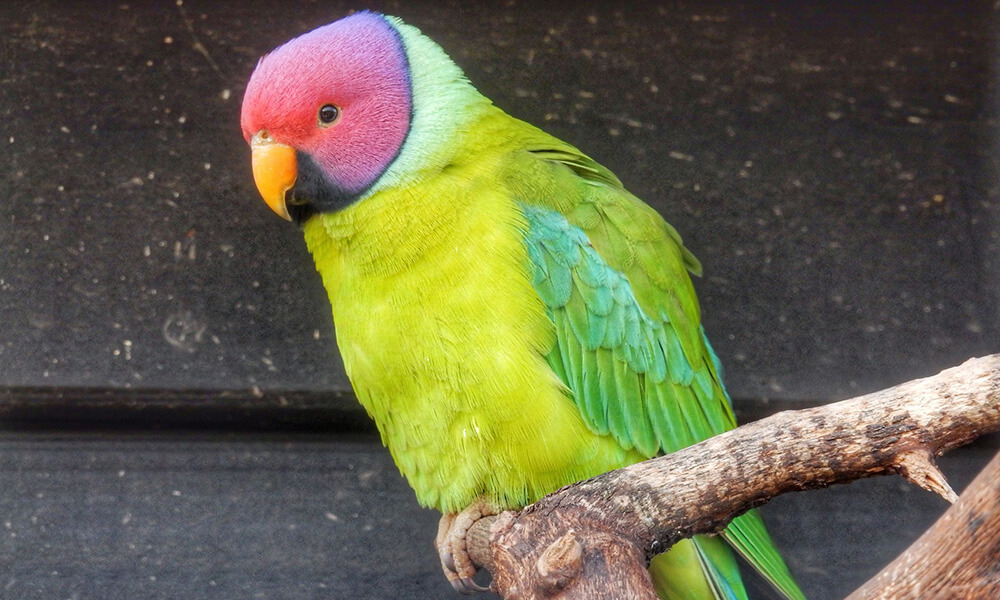
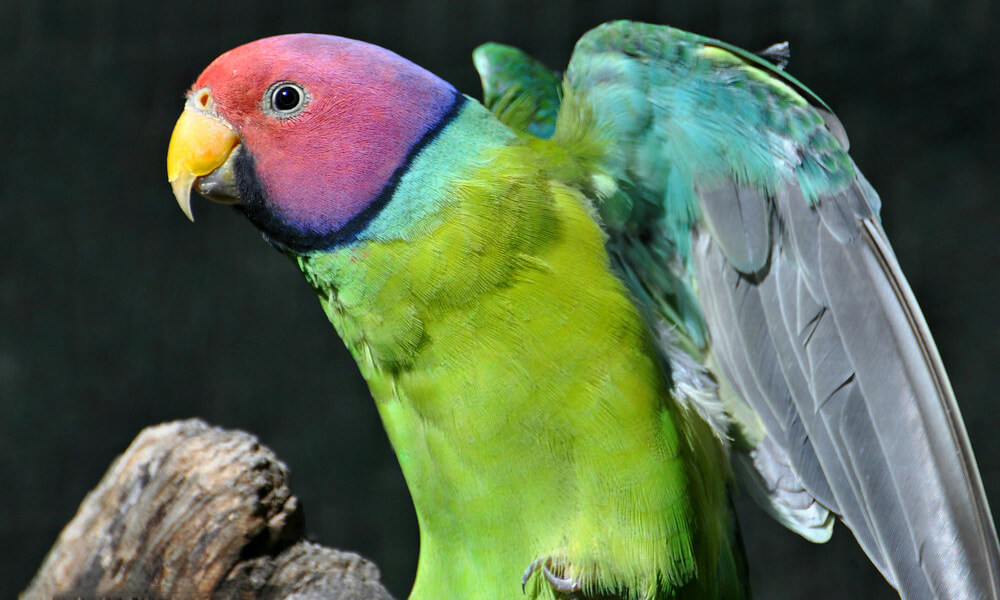
How to Take Care of a Pet Plum-Headed Parakeet?
Plum-headed parakeets are easy to care for, even for beginners. However, a proper spacious shelter and an adequate diet are a must. It should further be accompanied by daily physical exercise to keep the pet healthy. The pet bird should be allowed to stay outside the cage for at least 3 to 4 hours every day. Although they are relatively quiet, they still need some interaction or they may become lonely and isolate themselves. And, this should not happen because their mental health is as important as physical health! Besides this, keep reading to know how to fulfill their other requirements.
How to Setup a Cage for a Pet Plum-Headed Parakeet?
Plum-headed parakeets are middle-sized parrots but owing to their long tail, they need a large cage. The minimum cage size should be 24 inches × 36 inches × 36 inches. Larger is always preferred! The spacing between the bars should be half inches or less. The cage should further be equipped with perches, branches, and toys for them to play with. Also, some of these toys should be suitable for them to chew as it is a part of their lifestyle. Cleanliness is yet another important factor. Spot cleaning should be done daily. And, the entire setup should be cleaned thoroughly once a month.
What to Feed a Pet Plum-Headed Parakeet?
The owners can feed the plum-headed parakeets with a combination of high-quality pellets and seeds. It should further be supplemented with freshly chopped fruits and vegetables. There should be a variety in the meals so that they get all the desired nutrients. It will also keep the pet happy (nobody likes to eat the same thing every day). However, some food like apple seeds, avocados, and pear seeds should be avoided. These can prove to be harmful to them.
Before feeding them anything new, the owners must check if it is safe for their pet bird. The bird will eat around 1 tablespoon of food a day. There’s no need to worry too much about the quantity as they will stop eating once they are full. Importantly, a small bowl of water should be accessible to them at all times. The bowl should be fixed somewhere in the cage instead of keeping it at the bottom as it may get contaminated.
Health Concerns for Plum-Headed Parakeet
Plum-headed parakeets are known to be healthy creatures. They are tough and seldom give up on an illness. However, they are vulnerable to a few diseases. These are caused by different bacterial, fungal and viral infections. Some of these diseases include the following:
- Psittacosis
- Pneumonia
- Sarcocystosis
- Polyomavirus
- Aspergillosis
The primary symptoms include changes in appetite and behavior. Their breathing should also be checked. If there are any symptoms, the pet bird should immediately be taken to a veterinarian. Regular check-ups can also be very helpful in early diagnosis and treatment. This may sound a bit stressful but there's no need to worry. Most of the health problems can be avoided if the pet is sincerely cared for.
What People Are Reading:
Frequently Asked Questions About Pet Plum-Headed Parakeet
Some of the generally asked questions about plum-headed parakeet are answered below:
Is plum-headed parakeet rare?
No, the plum-headed parakeets are not very rare. They can be found in the forests and woodland areas of countries like India, Pakistan, Sri Lanka and Bangladesh.
Do plum-headed parakeets make good pets?
Yes, they make good pets as they are friendly and low-maintenance. They are suitable even for beginners and apartment owners.
How long do plum-headed parakeets live?
The average lifespan of a plum-headed parakeet is around 15 to 20 years. However, they can live up to 30 years in captivity if provided with proper care.
How loud is a plum-headed parakeet?
Plum-headed parakeets are relatively quieter than other parrots. They do make noises but mostly when they are out of the cage playing or interacting with others. And, the sound probably would not be very disturbing to anyone.
How do you tame a plum-headed parakeet?
If they are scared, don’t bother them. Just sit around, talk, give them food and give them time to feel comfortable.
Is plum-headed parakeet banned in India?
Yes, the plum-headed parakeets are a protected species in India and therefore it is illegal to capture or trade them.
How big do plum-headed parakeets get?
Plum-headed parakeets get 12 to 13 inches long in size. Meanwhile, their tails can grow up to 9 inches.

